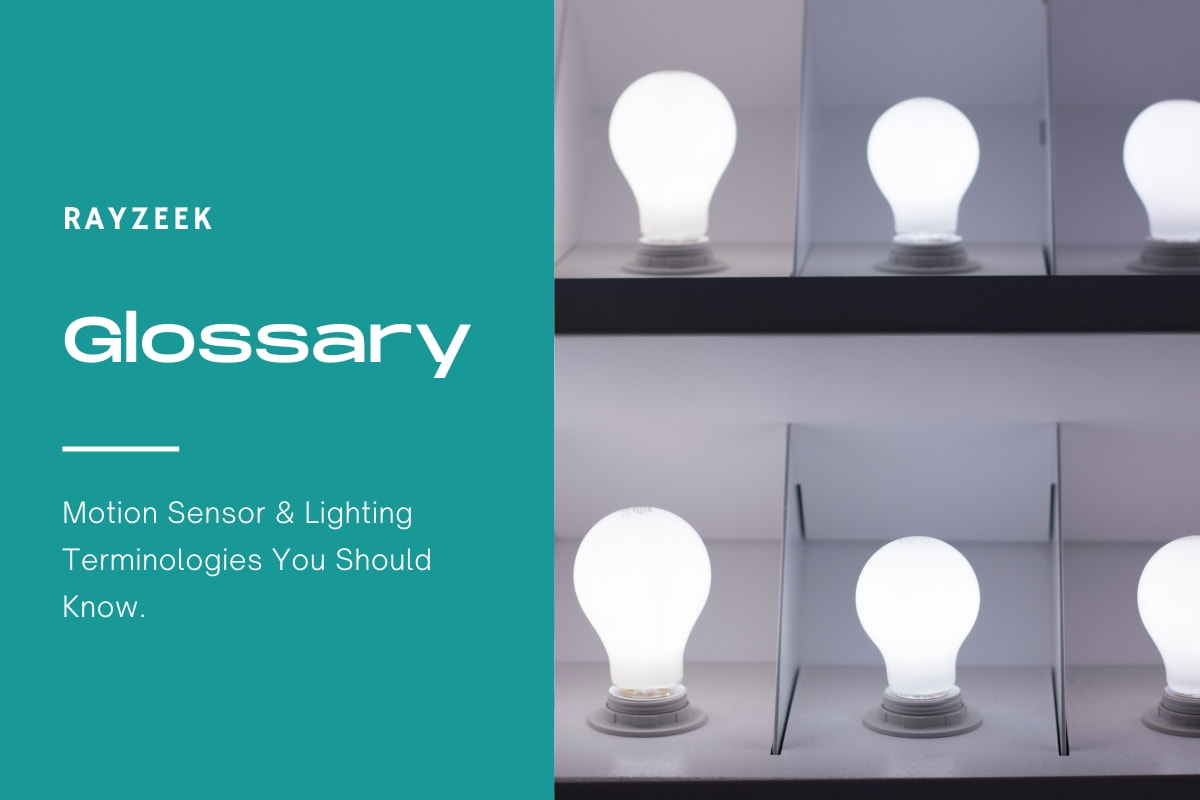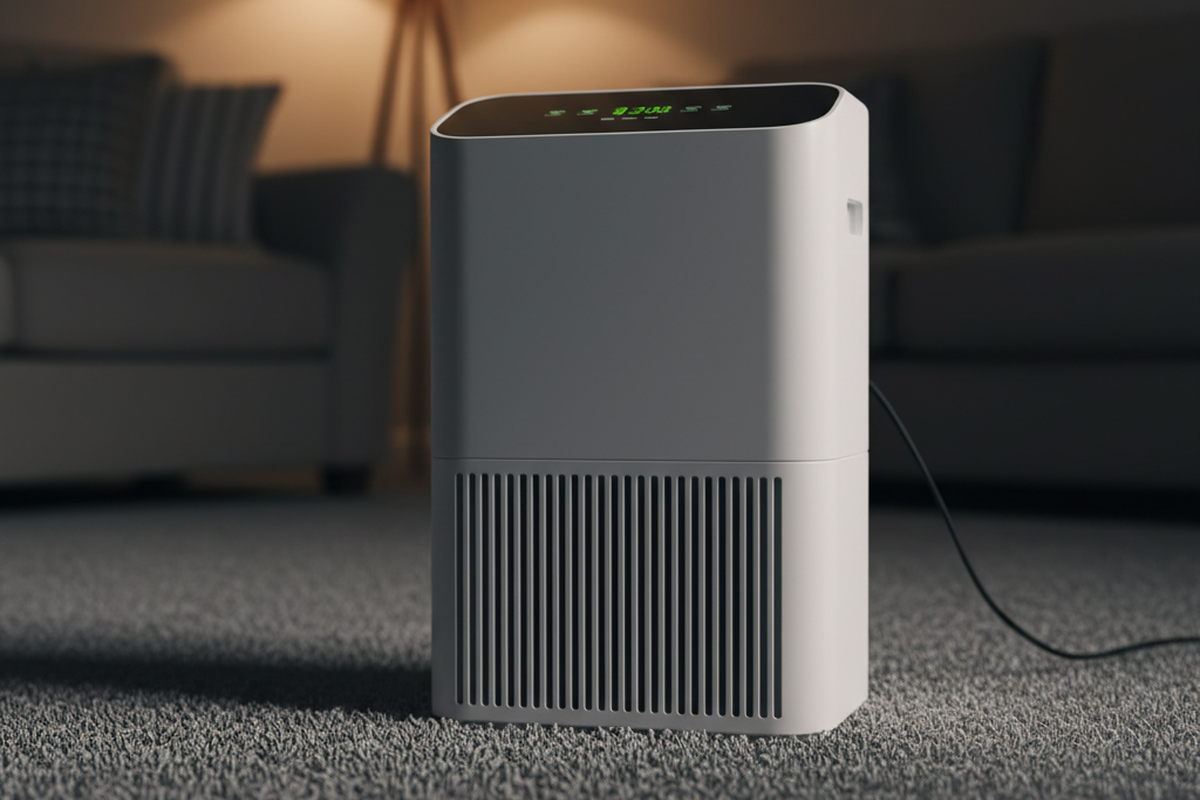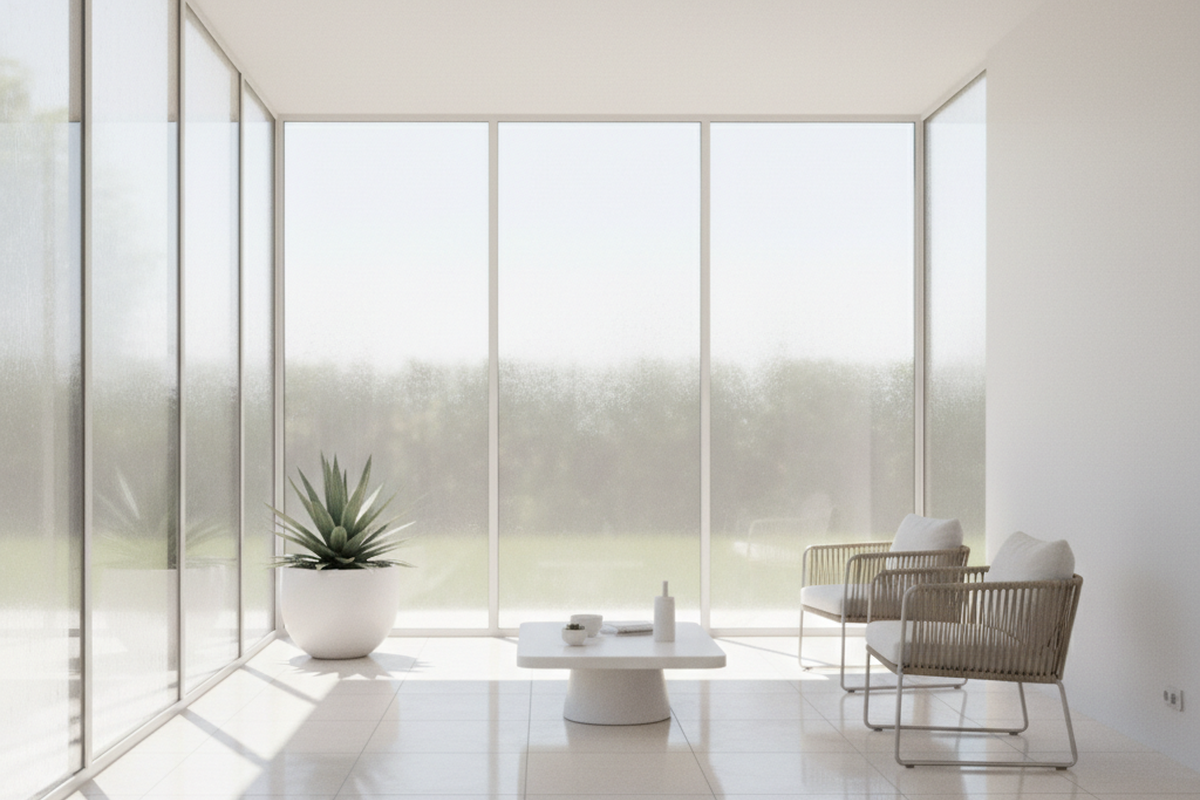Co je přímé oslnění
Přímé oslnění je zrakový vjem způsobený nadměrným a nekontrolovaným jasem v zorném poli. Dochází k němu, když je mezi různými objekty výrazný kontrast jasu, což vede k silnému oslnění, které může člověku bránit ve zřetelném vnímání detailů a předmětů. Tento typ oslnění je obvykle spojen s vysokou svítivostí nebo nedostatečně stíněnými zdroji světla, jako jsou jasná svítidla, stropy nebo okna, která jsou mimo zorné pole. vizuální úkol nebo zobrazovaná oblast. Může být také způsoben přímou viditelností slunce před okem.
Hledáte řešení úspory energie aktivované pohybem?
Obraťte se na nás pro kompletní PIR senzory pohybu, produkty pro úsporu energie aktivované pohybem, spínače se senzorem pohybu a komerční řešení pro detekci přítomnosti/volnosti.
Přímé oslnění může mít významný vliv na zrakový komfort a výkon. Je důležité minimalizovat přímé oslnění v prostoru. design osvětlení aby byla zajištěna optimální viditelnost a snížilo se nepohodlí zraku. Správným odstíněním světelných zdrojů a řízení úrovně jasu, mohou designéři vytvořit vizuálně příjemnější prostředí, které zlepší celkový vizuální zážitek.
Často kladené otázky
Jaký je rozdíl mezi přímým a reflexním oslněním
Přímým oslněním se rozumí oslnění, které vzniká, když se divák dívá na plochu stropu před sebou pod úhlem menším než 45°. Naproti tomu reflexní oslnění je typ oslnění, které přímo ovlivňuje pohled diváka před sebou a je obvykle způsobeno svítidly v oblasti stropu. Je důležité poznamenat, že reflexní oslnění na obrazovkách je specifickým případem tohoto typu oslnění.
Co způsobuje přímé oslnění
K přímému oslnění dochází, když se člověk dívá přímo na silný zdroj světla, například na lampu nebo LED čip. To může mít za následek nepříjemné pocity a zhoršení zraku. Odražené oslnění je naopak způsobeno světlem odrážejícím se od vysoce reflexních povrchů, jako jsou počítačové obrazovky nebo lesklé povrchy.
Jaký je rozdíl mezi jasem a oslněním
Oslnění lze popsat jako rozdíl v jasu. Oslnění lze minimalizovat buď zvýšením jasu tmavších oblastí, které kontrastují s jasnějšími objekty, nebo snížením jasu jasných oblastí, jako je zdroj světla nebo jeho odraz v zorném poli.
Jaký typ žárovky snižuje oslnění
LED žárovky a svítidla jsou energeticky nejúčinnější dostupnou variantou, která velmi účinně snižuje oslnění a zvyšuje vizuální čistotu v místnosti.
Jak se to nazývá, když vidíte oslnění kolem světel
Vidění hal kolem světel je jev známý jako difrakce. K difrakci dochází, když se světlo při vstupu do oka ohýbá. Brýle a kontaktní čočky mohou někdy způsobovat difrakci, ale může to být také vedlejší účinek některých onemocnění.
Jaký stav očí způsobuje oslnění světly
Astigmatismus je oční onemocnění, které může způsobovat rozmazané nebo zkreslené vidění, bolesti hlavy a únavu očí. Osoby s astigmatismem mohou v noci pociťovat zvýšené oslnění světly, což může vést k problémům při řízení.
Jak mohu přirozeně snížit oslnění
Zvažte úpravu osvětlení v prostoru, abyste přirozeně snížili oslnění. Místo toho, abyste se spoléhali pouze na stropní světla, zkuste některá nebo všechna vypnout. Pokud potřebujete dodatečné osvětlení pro úkoly, jako je psaní nebo čtení, rozhodněte se pro nastavitelnou stolní lampu. Kromě toho nezapomeňte zatáhnout žaluzie nebo rolety, abyste minimalizovali vnější zdroje světla. Doporučujeme také neumisťovat monitor přímo před okno nebo bílou stěnu. Nakonec zvažte použití antireflexního krytu na obrazovku, abyste ještě více omezili oslnění.









